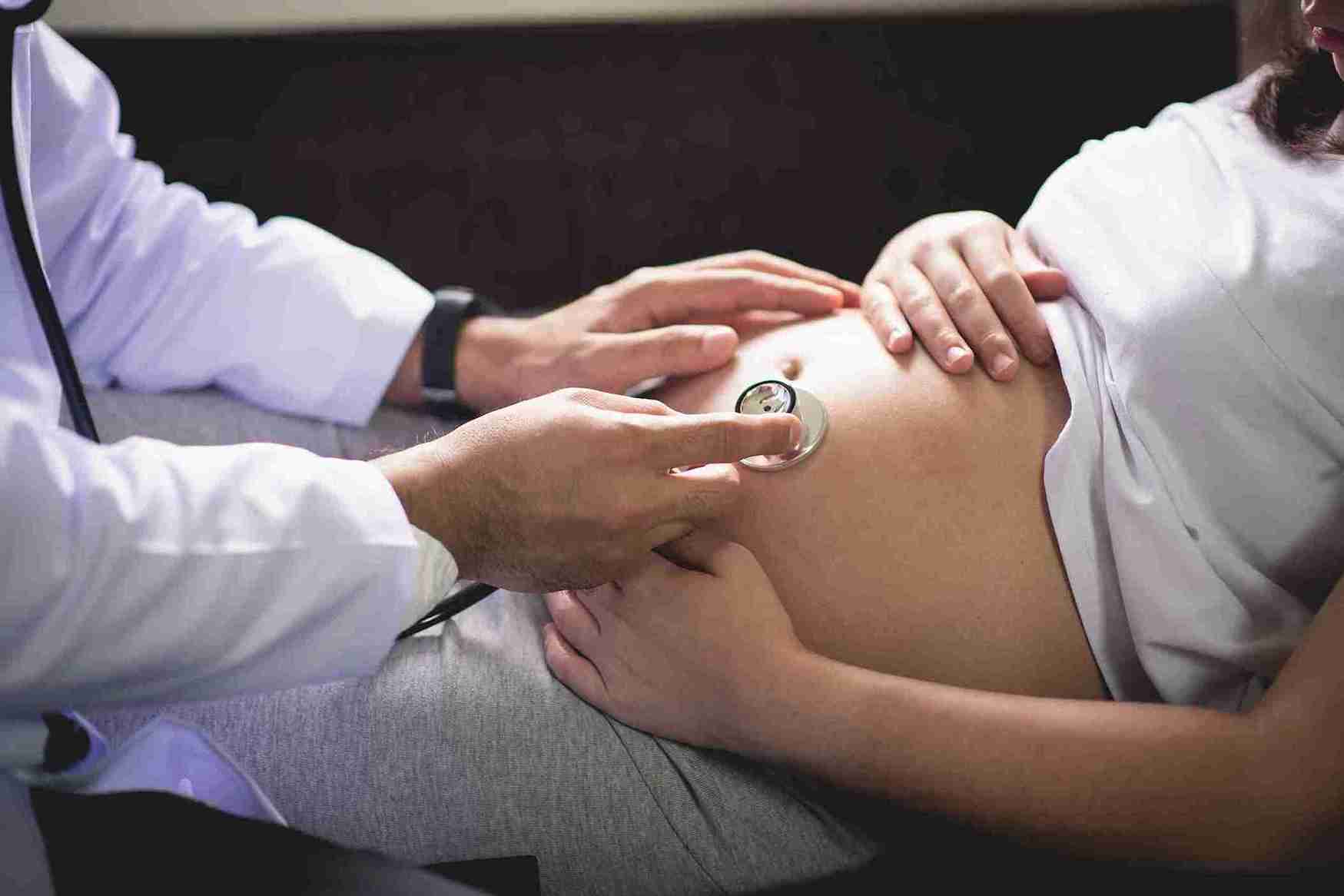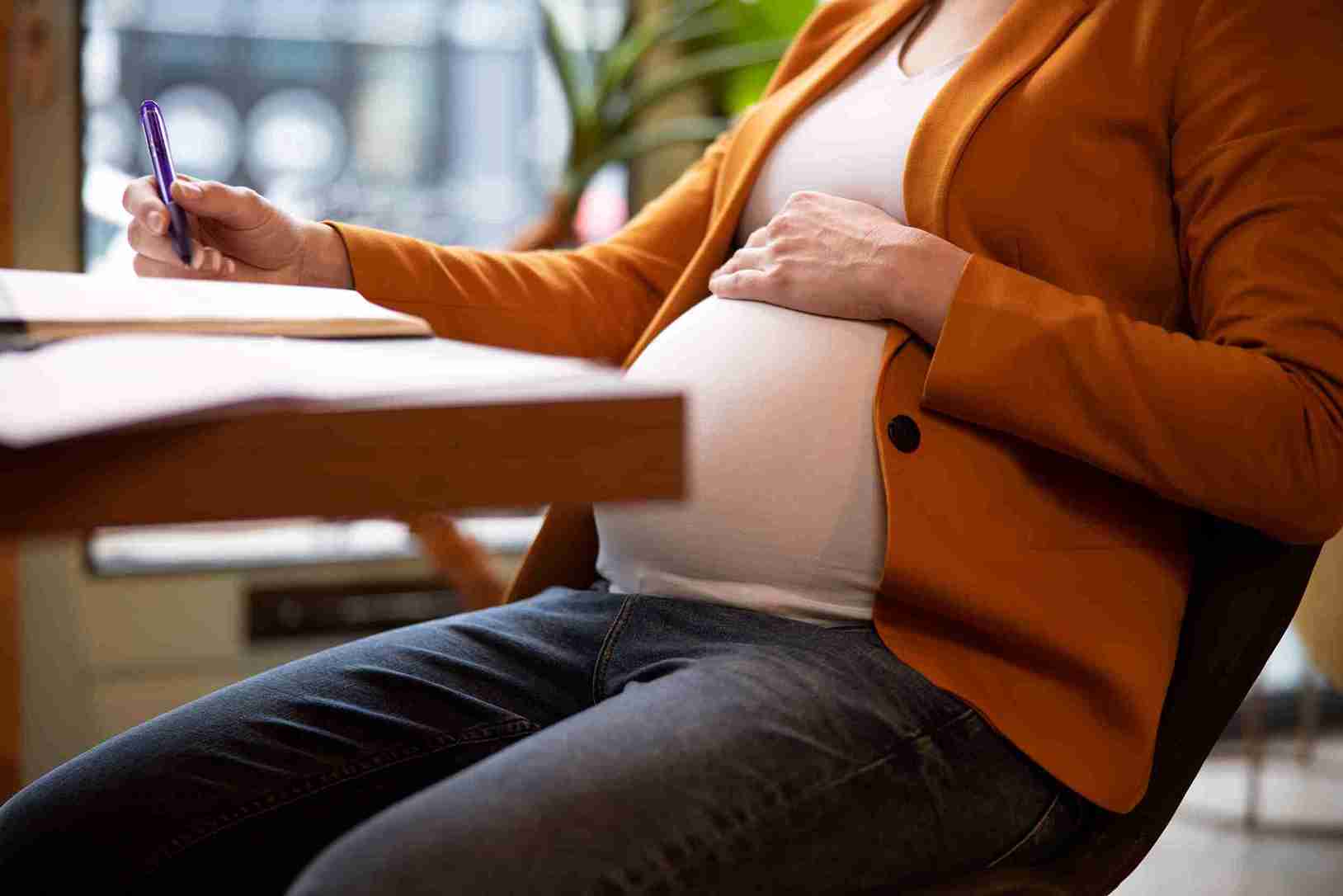
An ectopic pregnancy, also called a tubal pregnancy, is a type of pregnancy where the fertilised egg, instead of implanting in the uterus, attaches to the fallopian tube. When this happens, pregnancy is not viable as the fetus cannot survive in the fallopian tube. This leads to bleeding and, if not cared for immediately, causes a life-threatening situation for the expectant mother.

In a healthy pregnancy, a fertilised egg implants and grows inside the uterus. An ectopic pregnancy, however, is a dangerous condition where the fertilised egg implants in a location outside the uterus where it cannot develop properly. The fallopian tubes are the most common site, but ectopic pregnancies can also occur in the cervix, abdominal cavity or ovary. Such pregnancies cannot continue as only the uterus can sustain a pregnancy. Ectopic pregnancies can be fatal and endanger the life of the mom-to-be if the fallopian tube ruptures. This can lead to severe bleeding and even death, so it is a medical emergency that needs quick treatment.
There may or may not be noticeable symptoms. Taking a home pregnancy test will result in a positive result. Most women with ectopic pregnancy have the same early symptoms as normal pregnancy, i.e., nausea, breast tenderness and a missed period. However, as the egg grows, the symptoms become noticeable.
The first warning sign of this type of pregnancy is pelvic pain and light bleeding from the vagina. If the fallopian tube leaks blood, there may be bowel movement urges and shoulder pain. Other symptoms are weakness or dizziness. The location where blood is collected and the nerves that are irritated cause specific symptoms.
Once ectopic pregnancy has been confirmed, the pregnancy must not be allowed to proceed as the fertilised egg has become implanted in the wrong place. If the fertilised egg is allowed to grow, it can rupture the fallopian tube and result in heavy bleeding. Other life-threatening symptoms include fainting, lightheadedness and shock.
An ectopic pregnancy may happen when a condition blocks or slows the movement of the fertilised egg down the fallopian tube. This may happen if:
● You have inflammation, adhesions or scar tissue from a pelvic surgery.
● The fallopian tubes are damaged due to STIs (Sexually Transmitted Infections).
● You are born with fallopian tubes of irregular shape.
● Blockage of the fallopian tube due to some growth.

Some factors increase your risk of having an ectopic pregnancy. These include:
Previous ectopic or tubal pregnancy: If you have had this type of pregnancy earlier, you are at risk of recurrence.
Infection or inflammation: STIs like chlamydia or gonorrhoea can lead to inflammation of the fallopian tubes and other organs close to it and cause PID (pelvic inflammatory disease). This increases the chances of ectopic pregnancy.
Fertility treatments: A few studies indicate that women who have undergone IVF or other such treatments are more at risk of ectopic pregnancy. Infertility also increases the risk.
Tubal surgery: Surgery to correct a damaged or closed fallopian tube also increases the chances of ectopic pregnancy.
Birth control: Certain birth control methods can raise the risk of an ectopic pregnancy. Although pregnancy with an intrauterine device (IUD) is rare, if conception occurs while the IUD is in place, the pregnancy is more likely to be ectopic. Tubal ligation, which is a permanent birth control method, also raises the risk if you conceive after having this procedure.
Smoking: Smoking before conception can raise the risk of ectopic pregnancy. The risk increases if you smoke more.
Low BMI: Research indicated low BMI increases the risk of ectopic pregnancy. Healthy weight maintenance by adhering to a normal BMI range reduces the risk.
● Endometriosis.
● Women over 35 years have more risk compared to those under 35 years.
● PID (pelvic inflammatory disease) can lead to scarring of the ovaries, cervix, fallopian tube and uterus. Pelvic inflammatory disease prevention is recommended to reduce the risk.
Most women are unaware that their pregnancy is ectopic until they undergo a prenatal checkup or an ultrasound. To diagnose this type of pregnancy, several tests are performed, which include a pelvic exam and confirmation. The tests include:
A blood test: This is done to check the levels of HCG (human chorionic gonadotropin) in the body. The body makes this hormone only during pregnancy, and a low level may be a sign of ectopic pregnancy, as the HCG levels are high when the egg implants in the uterus.
Urine test: This involves peeing into a cup or a test strip in a lab and then dipping in the urine sample.
An ultrasound: This is used to check the internal structures of the body. The healthcare provider will check the location of the implantation of the fertilised egg.
Once the doctor determines the fertilised egg implantation location and confirms it is an ectopic pregnancy, the treatment plan is discussed. Note that this needs immediate care and treatment.
Ectopic pregnancy is often detected during the first prenatal visit, but in many cases, women may not realise it until weeks later. Below are the treatment options commonly recommended by healthcare providers.
Your doctor may prescribe methotrexate as a medication to prevent the egg from growing, consequently ending your pregnancy. This medication does not harm the fallopian tubes and should not be used if the tubes are ruptured. It is a single injection and is non-invasive compared to surgery. However, follow-ups are needed so that the HCG levels can be monitored. It is essential that you follow-up as in some cases a second dose may be needed if the HCG levels are still high.
If the fallopian tubes are ruptured, then surgical removal is necessary. It is a life-saving emergency surgery that is done laparoscopically under anaesthesia. Depending on the situation, the egg is removed from the fallopian tube or the entire tube is removed with the egg inside.
It may not be always possible to prevent it, but some steps to reduce the chance of ectopic pregnancy can be taken, which include:
Using birth control: The best way to prevent is by using birth control to stop unintended pregnancy.
Treating STIs: Some STIs cause fallopian tube inflammation, PID, etc., which increases the chances of ectopic pregnancy. To decrease the chances of ectopic pregnancy, early STI treatment is recommended.
Quit smoking: Smoking damages your fallopian tubes and raises the risk of ectopic pregnancy. Quit smoking to improve your reproductive health.
Seek treatment for pelvic pain: If you have pelvic pain or ectopic pregnancy symptoms, seek medical help to avoid serious consequences.

An ectopic pregnancy is a serious situation that could prove to be quite deadly for the mom-to-be. Preventing ectopic pregnancy may not always be possible, but the risks can be reduced by maintaining fallopian tube health, getting treatment for STIs, healthy weight maintenance and quitting smoking. It is essential to know the symptoms and seek medical help if there are any of the above symptoms. So, staying informed, being alert to symptoms, and openly discussing any concerns with your healthcare provider can help in early detection and timely intervention.

Fallopian tube damage, pelvic inflammatory disease (PID), previous surgery, smoking and IVF are some of the causes of ectopic pregnancy.

STIs increase the ectopic pregnancy risk by causing scarring and inflammation of the fallopian tubes. Such damage may stop the progress of the egg towards the uterus.

Yes. IVF can increase the risk of ectopic pregnancy. It is vital to be informed and watch out for the warning signs that indicate the possibility of ectopic pregnancy.
